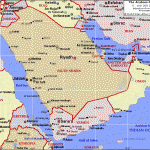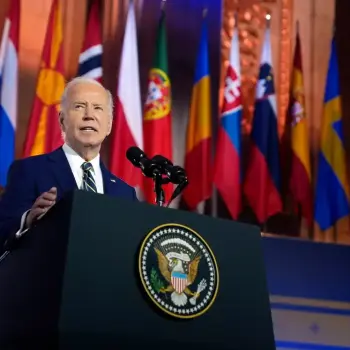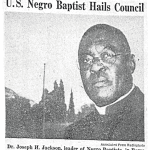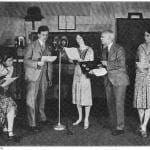
Here is something from more than twelve years ago that you might find helpful as you begin your “Come, Follow Me” study of the Book of Mormon this year: “Learn more about the Book of Mormon witnesses: Read short biographies of each of the Three Witnesses and the Eight Witnesses”
And please take a moment to browse through these items from the Church website, as well:
And these two unofficial articles:
“5 Simple Ways You Can Be a Witness of the Book of Mormon”
I, for one, am excited to be beginning this new curriculum year that’s focused on the Book of Mormon, and I hope that you are, as well. So here’s something with which you may not be familiar, but which I think more than a few of you might find interesting:
This short article was originally published in the journal Concilium: An International Review of Theology and as such is addressed to a non-LDS audience. Nibley begins by giving a brief historical and theological background to the Book of Mormon. He then makes the point that the Book of Mormon includes topics that leave it open to scholars in many different disciplines to study and to put on trial. Finally, he comments on the remarkable coherence with which the prophetic editors were able to compile the Book of Mormon.

I’ve occasionally wondered how a skeptic might explain why Joseph Smith, if he really just made it all up, opted to create something like the Book of Mormon? It seems to involve a lot more bother, a lot more complexity and effort — e.g., recruiting exceptionally credulous (and likely hallucinatory) bumpkins (or cunning and inexplicably dedicated co-conspirators) as “witnesses”; possibly fabricating fake “gold plates” and other bogus metallic artifacts; running around while pretending to hide the plates and the other objects; writing a complex book containing approximately 270,000 words and the made-up narrative history of multiple fictional civilizations with detailed geographical references, and the like; and going through the difficult process of finding a printer for a large book, funding the book’s printing, and supervising the printing.
Why not just claim to have received a short revelation or two? Much easier to write, and no complex back story to create. “The Lord told me thus and such.” Simple. No muss, no fuss. After all, roughly the first twenty of the revelations canonized in the Doctrine and Covenants were received before the Book of Mormon was published in March 1830. And Joseph already had followers by then. Heck, the Church of Jesus Christ of Latter-day Saints was formally established already on 6 April 1830, which means that the newly-published Book of Mormon could not have been the sole factor, or even the principal factor, in attracting those who made up the absolutely initial membership of the Church.
So, wouldn’t purported revelations in the style of Doctrine and Covenants 1-20 have been sufficient to have established a viable “prophetic” career? And where was the model for such a thing as the Book of Mormon? Why would Joseph have felt the need to manufacture such a thing? (I’m just musing aloud.)
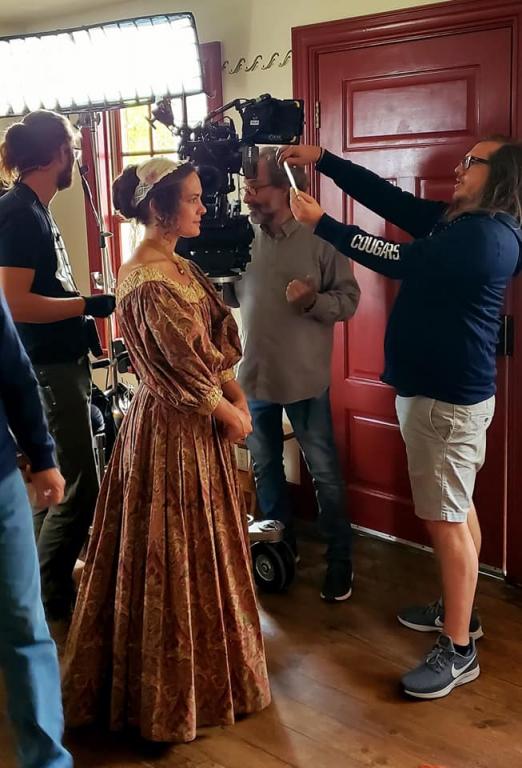
But let’s not bid each other farewell without first taking a look at something very terrible from the Christopher Hitchens Memorial “How Religion Poisons Everything” File™. Here it is:
And here are some additional Hitchens File horrors, published in the 2023-2024 issue of Because of You, a publication of Philanthropies, which is a department of the Church of Jesus Christ of Latter-day Saints. I probably receive Because of You owing to the fact that, for a number of years, I worked to raise funds for the Foundation for Ancient Research and Mormon Studies (FARMS) at BYU, and then for its successor organization, the pre-2012 Neal A. Maxwell Institute for Religious Scholarship. Here are some figures from Because of You, which, for 2022, reports
3,692 humanitarian projects
483 emergency response projects
174 refugee response projects
520 food security projects
156 clean water projects
46 childhood nutrition projects
54 mobility projects
45 maternal care projects
42 vision care projects
6 immunization projects
439 education projects
$1.02 billion in expenditures
190 countries and territories
6.3 million hours of voluntary service
2,629 collaborating organizations
Your indignation at such appalling actions is understandable. But please don’t permit it to damage your health or to interfere with your attempts to appear sane.


